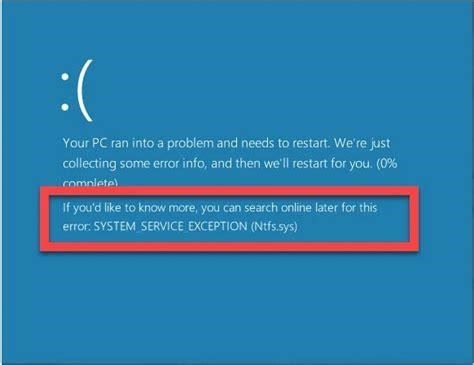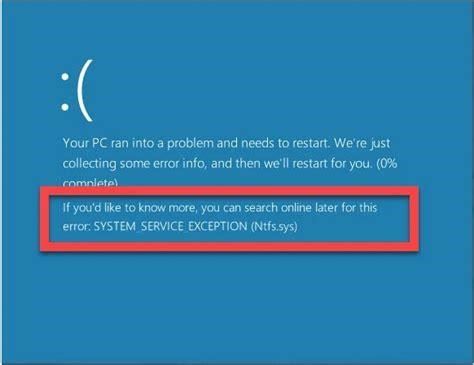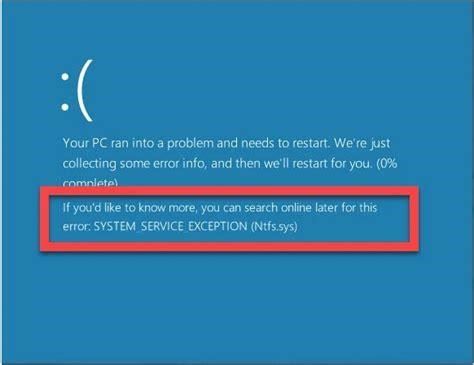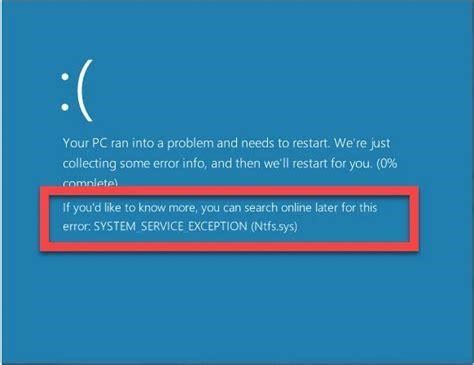Navigating the Ins and Outs of the Windows 10 21H1 Update
We enthusiasts eagerly await each Windows update, seeking performance boosts, new features, and design overhauls. However, major updates also introduce their share of issues. As passionate users ourselves, we feel your update anxiety. That’s why we want to empower you to make an informed decision about installing the Windows 10 version 21H1 update.
After extensive research, we’ve compiled everything you need to know, from potential bugs to new capabilities. Let’s explore what may be in store for your device.
Determining Your Update Size
One of the most common questions about any Windows update is the download size. Understandably, many users want to know how much data it will consume.
According to multiple reputable sources, if your device is running Windows 10 version 2004 or 20H2, you can expect a faster update via a small "enablement package" . We’re talking less than 500 MB, akin to a regular monthly patch .
However, a clean install of the Windows 10 21H1 ISO could weigh in around 4 GB or more depending on your language of choice . ARM64, x64, and x86 architectures may also download slightly different sized files .
Ultimately, your exact download size depends on variables like your processor architecture and current Windows version. Running Windows Update normally or visiting https://www.catalog.update.microsoft.com can provide the most accurate size estimate for your specific configuration.
Installation Duration Varies
After the download completes, the next logical question is: how long does the installation take?
Unfortunately, there is no universal answer. Many factors affect install times, like internet speed, CPU power, and storage drive speed. Upgrading from version 2004 or 20H2 to 21H1 via the enablement package could take under 10 minutes on a modern system .
On the other hand, performing a clean install of the larger 21H1 ISO on an older machine with mechanical storage could consume over an hour. Everything depends on your hardware and connection. Running Windows Update will at least queue the process efficiently.
Weighing Potential Pros and Cons
Under the hood, Windows 10 21H1 is not a massive overhaul. It borrows heavily from the previous 20H2 version . However, a few noteworthy changes deserve your attention:
Pros:
- Better multi-monitor support like moving apps between displays via snap assist.
- Performance boosts for certain configurations utilizing the new "Hardware-Guided Scheduling" feature .
- Ongoing security patches and fixes.
Cons:
- Minor bugs reported related to display, networking, and sound .
- Potential compatibility issues with certain apps and drivers.
- As with any update, a small risk of accidental data loss.
Overall, if you are running Windows 10 20H2 already, the upgrade path poses little risk. The 21H1 changes are incremental refinements more than major renovations. However, it is still wise to verify app and hardware compatibility beforehand if possible. Backups are also encouraged prior to updating any operating system.
Summing Up – Should You Update to Windows 10 21H1?
For most users on Windows 10 versions 2004 or 20H2, we recommend 21H1 as a worthwhile incremental update. The performance gains, interface refinements, and ongoing security updates present more benefits than drawbacks.
Just be sure to check for any potential compatibility snags with critical apps and hardware ahead of time. And as always, complete backups beforehand remain a best practice for any Windows update.
With a mindful approach, the move to Windows 10 version 21H1 should go smoothly and open new capabilities on your device. Now you can decide if it is the right choice for your needs armed with insights from fellow Windows enthusiasts. Let us know in the comments your experience with updating and any future Windows topics you want us to cover!




